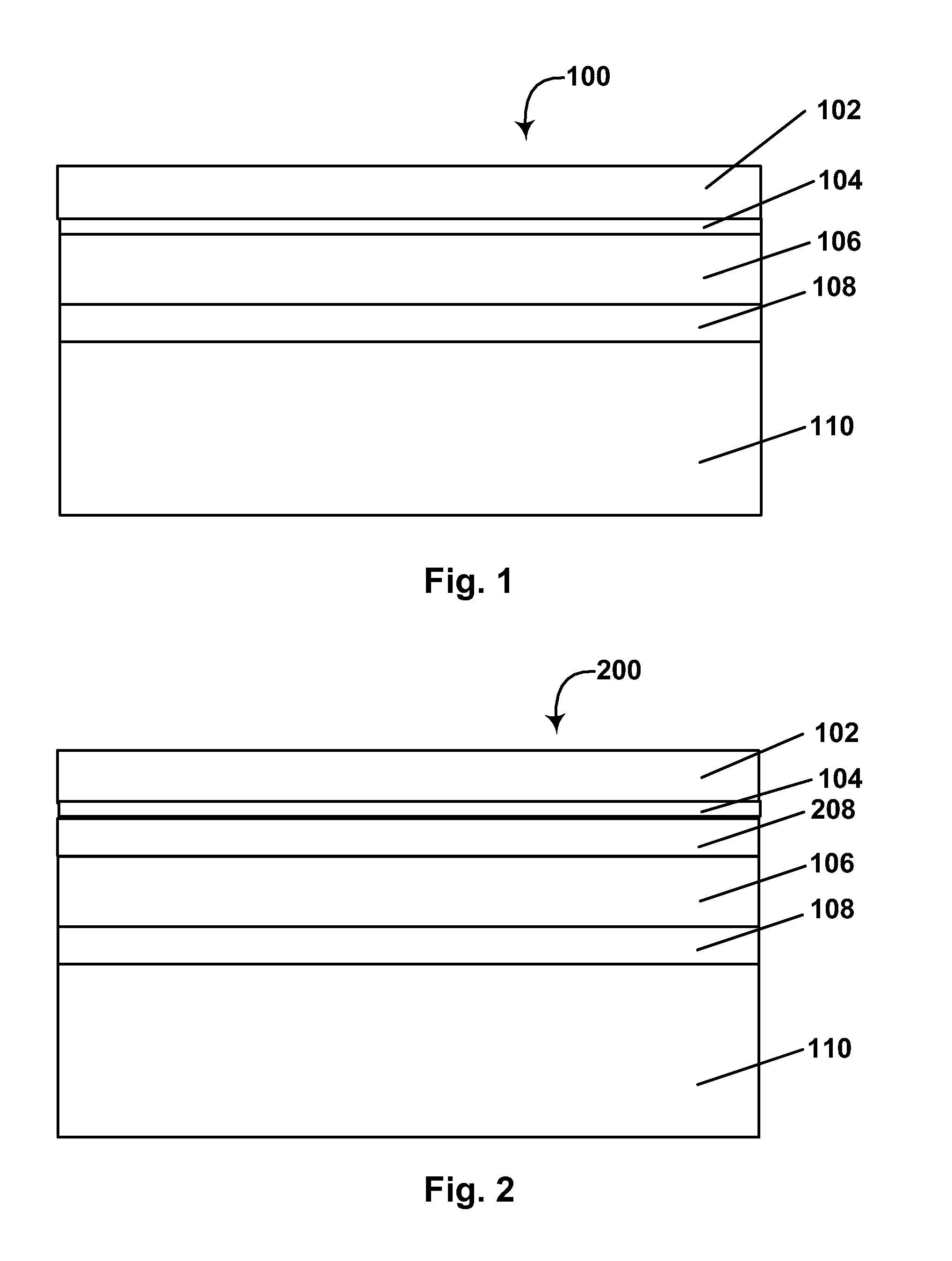Electro-optic displays, and color filters for use therein
a technology applied in the field of optical displays and color filters, can solve the problems of inadequate service life of optical displays, preventing their widespread use, and gas-based electrophoretic media being susceptible to the same types of problems, so as to increase the thickness of the sub-assembly and prevent mechanical damage
- Summary
- Abstract
- Description
- Claims
- Application Information
AI Technical Summary
Benefits of technology
Problems solved by technology
Method used
Image
Examples
Embodiment Construction
[0067]As already mentioned, the present invention provides a process for forming an electro-optic display in which a electro-optic layer and an electrically-conductive layer (typically in the form of a front plane laminate) are first laminated to a backplane. Thereafter, a flowable material is deposited over the electrically-conductive layer, and a color filter array (CFA) is placed over the electrically-conductive, these two steps being performed in either order. In some forms of the present process, the flowable material is cured after the CFA is in place; in others, a non-curable material is employed so that the material remains unchanged in the final display.
[0068]In the present process, the electro-optic layer is desirably provided in the form of a front plant laminate. This FPL may be a “classic” FPL as described in U.S. Pat. No. 6,982,178 or an inverted FPL as described in U.S. Patent Application Publication No. 2007 / 0109219. In either case, it is desirable to make the substr...
PUM
| Property | Measurement | Unit |
|---|---|---|
| diameter | aaaaa | aaaaa |
| thickness | aaaaa | aaaaa |
| thickness | aaaaa | aaaaa |
Abstract
Description
Claims
Application Information
 Login to View More
Login to View More - R&D
- Intellectual Property
- Life Sciences
- Materials
- Tech Scout
- Unparalleled Data Quality
- Higher Quality Content
- 60% Fewer Hallucinations
Browse by: Latest US Patents, China's latest patents, Technical Efficacy Thesaurus, Application Domain, Technology Topic, Popular Technical Reports.
© 2025 PatSnap. All rights reserved.Legal|Privacy policy|Modern Slavery Act Transparency Statement|Sitemap|About US| Contact US: help@patsnap.com



